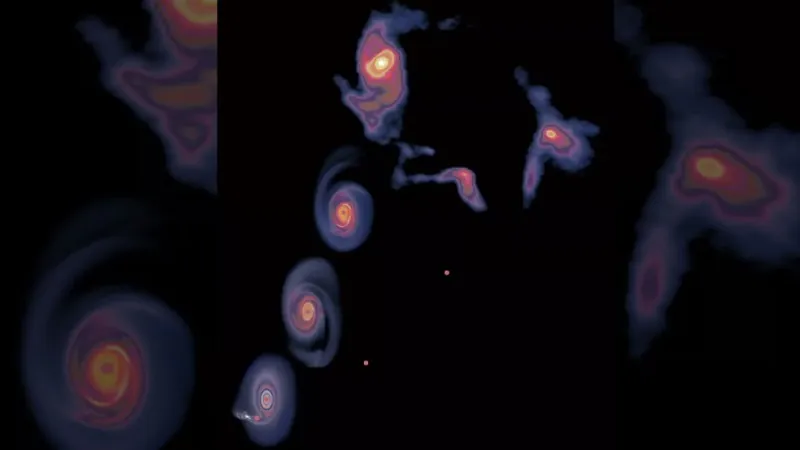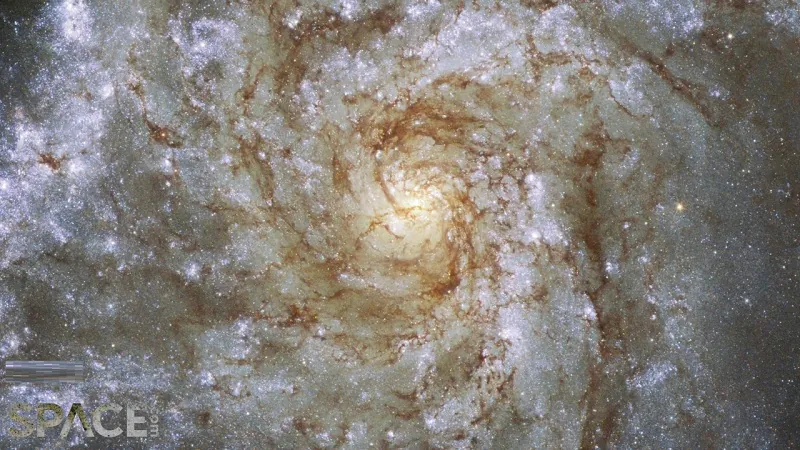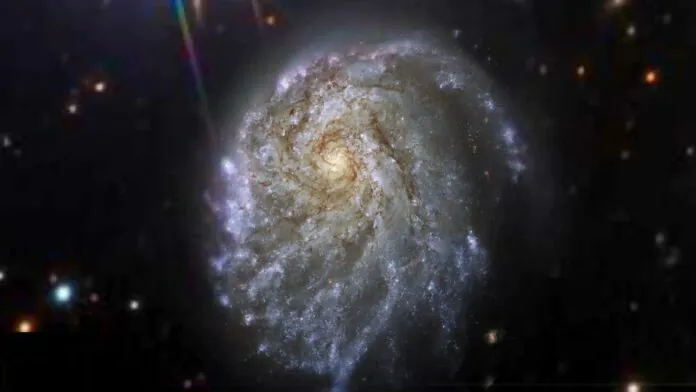© ROOT-NATION.com - Use of content is permitted with a backlink.
Examining the center of our Milky Way galaxy, astronomers suddenly discovered a rather strange object. It strongly resembles a tiny spiral galaxy that gracefully revolves around one large star.

The star, located about 26,000 light-years from Earth, near a dense and dusty galactic center, is about 32 times more massive than the Sun and is located inside a huge disk of swirling gas known as the “protostar” (the disk itself has a width of about 4,000 astronomical units – or 4000 times the distance between the Earth and the Sun).
Such disks are widespread in the universe and serve as a fuel that helps young stars turn into big bright suns for millions of years. But astronomers have never seen such a thing before.

Using high-precision observations from ALMA (Atacama Large Millimeter/Submmillimeter Array) in Chile, the researchers found that the spiral shape of the disk is not the result of its movement. Rather, this form is due to a collision with another cosmic body. To test this hypothesis, mathematical modeling of the orbits of a mysterious object was performed. As a result, they found that if an object (the same huge star) followed a certain path, it could have slipped past the disk about 12,000 years ago, confusing the dust just enough to form the bright spiral shape we see today.
You can also help Ukraine fight with Russian occupants via Savelife or via an official page of the National Bank of Ukraine.
Read also:
- A strange type of radio burst was discovered 3 billion light years from Earth
- A new look at galaxy rotation saves the controversial gravity theory


